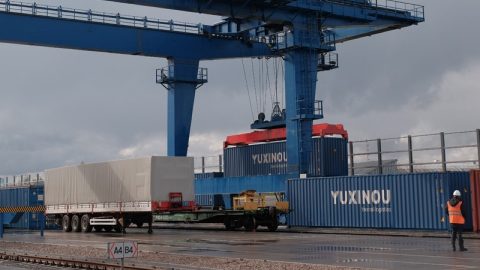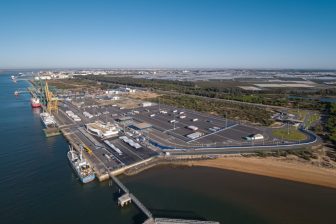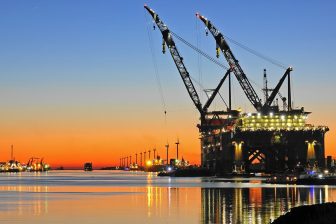
Russia sees more trains in seaports than year before
Russia witnessed a surge of rail transport to its ports in 2019, despite the general slowdown of rail freight in the same year. Loading volumes to seaports on the railway network owned by Russian Railways amounted to 308.8 million tonnes, an increase of 3.6 per cent compared to 2018.
The northern seaports saw the largest share of rail freight volumes. About 131.1 million tonnes of freight were shipped to the ports of Russia’s North-West region in 2019, up 3.4 per cent compared to 2018. Russia’s Far East received 101.7 million tonnes of cargo, a rise of 5.8 per cent, while another 76 million tonnes was transported to the South, representing an increase of 1 per cent.
Coal dominant
More than half of all exported cargo was coal, accounting for 50.2 per cent of the total. The loading of coal for export via sea terminals increased by 8.6 per cent and amounted to 155 million tons in 2019. Oil was the second most exported commodity at 26.8 per cent, ferrous metals at 7.1 per cent and fertilisers at 6.8 per cent.
Loading volumes on the network owned by Russian Railways amounted to a total of 1.2781 billion tonnes in 2019. This indicated a 0.9 per cent decrease compared to the previous year. Also in total numbers coal remains the main transported cargo, although its overall share in rail freight dropped by 0.8 per cent.





